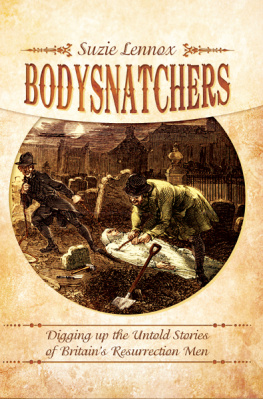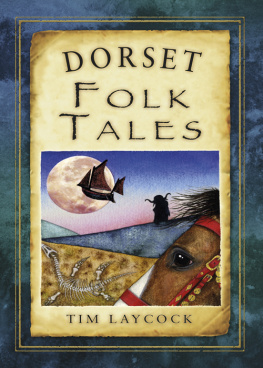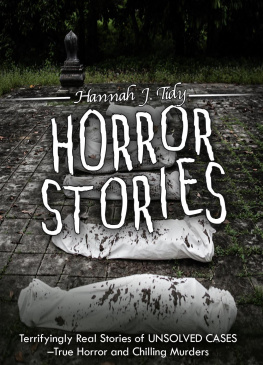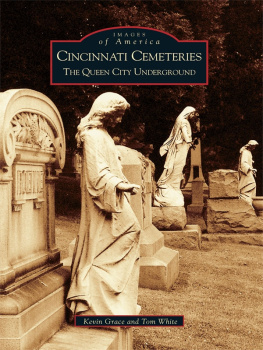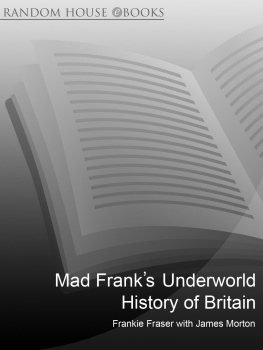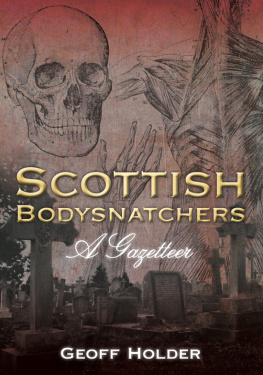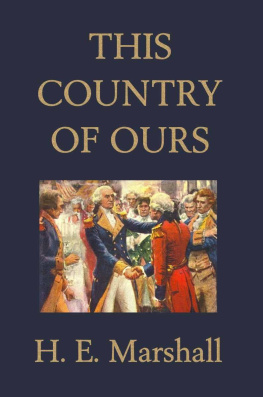First published in Great Britain in 2016 by
Pen & Sword History
an imprint of
Pen & Sword Books Ltd
47 Church Street
Barnsley
South Yorkshire
S70 2AS
Copyright Suzie Lennox 2016
ISBN: 978 1 78346 342 8
PDF ISBN: 978 1 47386 657 7
EPUB ISBN: 978 1 47386 656 0
PRC ISBN: 978 1 47386 655 3
The right of Suzie Lennox to be identified as Author of this Work has been asserted by her in accordance with the Copyright, Designs and Patents Act 1988.
A CIP catalogue record for this book is available from the British Library
All rights reserved. No part of this book may be reproduced or transmitted in any form or by any means, electronic or mechanical including photocopying, recording or by any information storage and retrieval system, without permission from the Publisher in writing.
Typeset in 11/13 Ehrhardt
by Imago
Printed and bound in England by
CPI UK
Pen & Sword Books Ltd incorporates the imprints of Pen & Sword Archaeology, Atlas, Aviation, Battleground, Discovery, Family History, History, Maritime, Military, Naval, Politics, Railways, Select, Social History, Transport, True Crime and Claymore Press, Frontline Books, Leo Cooper, Praetorian Press, Remember When, Seaforth Publishing and Wharncliffe.
For a complete list of Pen & Sword titles please contact
PEN & SWORD BOOKS LIMITED
47 Church Street, Barnsley, South Yorkshire, S70 2AS, England
E-mail:
Contents
Acknowledgements
Ever since I first encountered Britains forgotten bodysnatchers whilst studying History as an undergraduate, I have always been surprised by peoples curiosity when I mention this macabre topic. I am continually astounded by the number of people intrigued by the events played out in Britains churchyards, in what has become known in some quarters as the Resurrection Times. This interest has led to a number of collaborations which perhaps would not have occurred had it not been for the sack em up men of England and Scotland.
There are many people without whose continued support this book would not have been possible. Id especially like to thank Pen & Sword Books for their interest in bodysnatching and also thank my editors Jen Newby and Eloise Hansen, without whose support and constant patience this book would still be in the first rough drafts.
Thanks also go to the staff at the various archives who helped me unearth forgotten broadsides and for allowing me to share some of these finds with you. Special thanks go to the staff at Aberdeen Medico-Chirurgical Society, AK Bell Library, West Yorkshire Archive Service, Sheffield Archives and The National Archives, who have all been very helpful with my enquiries. A big thank you has to be said to Lynsey Halliday from the National Library Scotland, who has been patient throughout. Also to my former colleagues and friends at North Yorkshire County Record Office, who unearthed the letter from York School of Medicine much to my delight and have been a stream of constant support and enthusiasm throughout my research.
I am indebted to family and friends, especially Dr Kim Barker, who gave up much of their free time to explore Britains abandoned churchyards and overgrown watch-houses with me. Some of the locations left a little to be desired and without the presence of a navigator I am sure I would have got lost on many occasions. I would also like to thank those involved for allowing me to get excited about another mortsafe or watchtower, for waiting for me to photograph every last one of them and allowing me to talk endlessly about bodysnatching!
Whilst writing this book I have tried to uncover the truth behind these long forgotten stories, many of which have now become part of the rich histories associated with the individual parishes, retold and embellished over the years. I would however be delighted to hear from anyone who has any further information on any of the cases mentioned throughout the book or to learn of new cases that I have yet to come across.
Preface
This book aims to put the record straight about Britains resurrection men, to right the wrongs of muddled cases and to provide a voice for the forgotten bodysnatchers who stole cadavers from the grave and sold them to surgeons for a handsome fee. Many of the bodysnatching stories that have survived throughout the generations have been expanded from popular rumour or adapted and embroidered from newspaper reports; some an amalgamation of two or three stories.
This book unravels the snippets found in historical records and recorded in local legends, revealing the stories of the men and women involved in the macabre underworld of the bodysnatching trade. Churchyards and burial grounds the length and breadth of Britain were plagued by bodysnatchers from the mideighteenth century until the passing of the Anatomy Act in 1832. Many local cases have remained untold, hidden behind the better known stories of the Westport murderers Burke and Hare or Bishop, Williams and May, the Italian Boy murderers.
The cases described within this book tell the stories of Britains unknown bodysnatchers, highlighting the important part they played in providing cadavers for the dissecting tables of England and Scotland during the period.
Introduction
It is human nature to be inquisitive and medical students and physicians throughout history have proved no exception. Medical knowledge in the sixteenth century was still based on the theories of the Greek anatomist Galen (c.AD 130-200) and physicians and surgeons practised all types of medicine rather than specialising in one specific area. Therefore, it was perhaps inevitable that someone would eventually question Galens philosophy and choose to study the internal organs of a human body, rather than those of a pig.
Galen had wrongly presumed that the organs of such animals were the same as the internal organs of humans. When early dissections were carried out, surgeons would refer to Galens works. The internal organs of humans and animals, however, simply failed to match up. Any differences observed were put down to that particular human body being an inferior subject, rather than Galen having misread the variation in anatomy.
Galens observations were beginning to be questioned in 1536/7 by the Belgian anatomist Andreas Vesalius. Often described as the Father of Modern Medicine, Vesalius acquired, by theft, the body of a condemned man from the gibbet. With this act Vesalius unwittingly set in motion among anatomists not only the desire to question what had gone before, but also the demand for a commodity that would not be adequately met for nearly 300 years.
The number of people interested in studying anatomy and wanting to enter the medical profession in Britain by the late eighteenth and early nineteenth century was then, as now, plentiful. The teaching facilities on offer were, however, somewhat lacking compared to those available on the continent. The universities of Leiden and Padua were the only establishments in which human anatomy was studied and this naturally drew students from over the known world, including Britain.
By the eighteenth century, students who had studied medicine abroad and returned to Scotland and England to become physicians and anatomists themselves, wanted to share the continental teaching methods with the new influx of medical students at home. Surgeons teaching in Edinburgh were allocated the body of one condemned man per year for the purposes of dissection, after a charter was granted on 1 July 1505 by the Edinburgh Town Council to the Incorporation of Surgeons and Barbers. In contrast, English surgeons were not permitted to use the bodies of condemned felons until 1540, when Henry VIII granted four cadavers annually to the United Company of Barber-Surgeons in London.
The paltry amount of five cadavers permitted annually for public dissection throughout Scotland and England perhaps initially slaked the thirst of the anatomists. Yet, it was not long before medical students and lecturers in England and Scotland became frustrated by the situation and decided to do something about it. In 1636, William Gordon, Mediciner at Kings College, Aberdeen petitioned the Privy Council to be permitted to teach anatomy. He subsequently instructed the Provost, the chair of the town council, to provide two bodies of people who had died in hospital and whose relatives, if they existed, had failed to claim them.
Next page
